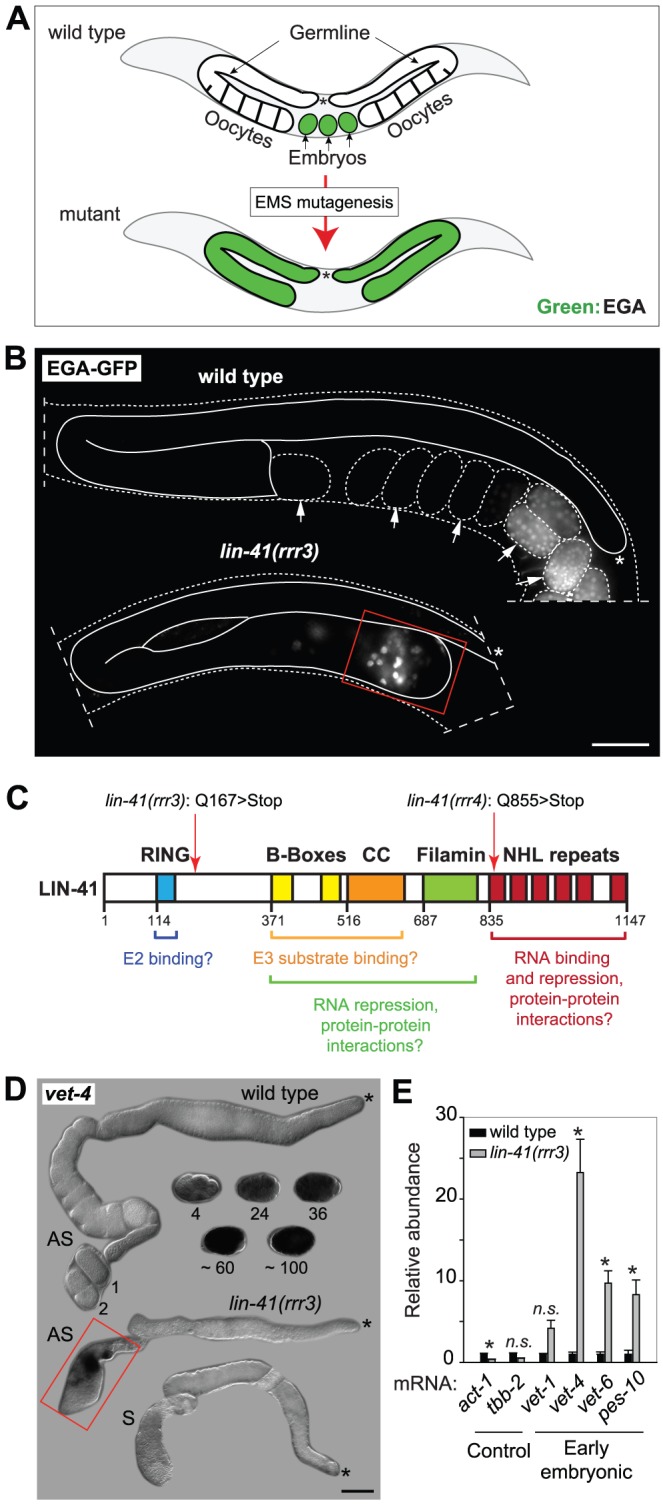Figure 1. LIN-41 prevents activation of embryonic transcription in the germline.

A. Summary of a genetic screen to identify mutants inducing EGA in the adult germline. In wild-type, the EGA-GFP reporter (green, marking embryonic transcription) is expressed in embryos. In mutants, this reporter is abnormally expressed in the germline. Asterisks here and in the subsequent figures mark the distal end of the gonad. B. Fluorescent micrographs of live animals expressing EGA-GFP. The gonads are outlined with a continuous line, the embryos and animals with dashed lines. Arrows point to selected embryos, the older of which express EGA-GFP. The lin-41(rrr3) mutants express EGA-GFP abnormally in the proximal gonad (boxed in red). This phenotype was observed in all examined animals (n>100). Scale bar: 25 µm. C. LIN-41 protein domains and their putative functions. Mutations identified in this study are indicated. D. In situ hybridization against an endogenous EGA transcript, vet-4. Shown are light micrographs of gonads and wild-type embryos (at the indicated stages), which were hybridized with antisense (AS) or sense (S) probes for the vet-4 mRNA. In contrast to the wild-type gonads, vet-4 mRNA was detected in the proximal region of all lin-41(rrr3) gonads (boxed in red; n = 20). Scale bar: 20 µm. E. Detection of additional EGA transcripts by RT-qPCR. “Early embryonic”: mRNAs normally expressed in the early embryo following EGA. Each bar represents the mean of three independent biological replicates, the error bars represent the standard error of the mean (SEM) and the significance of the differences has been calculated with the Student's t-test (symbols: “*”, p<0.05; “n.s.”, not significant).
